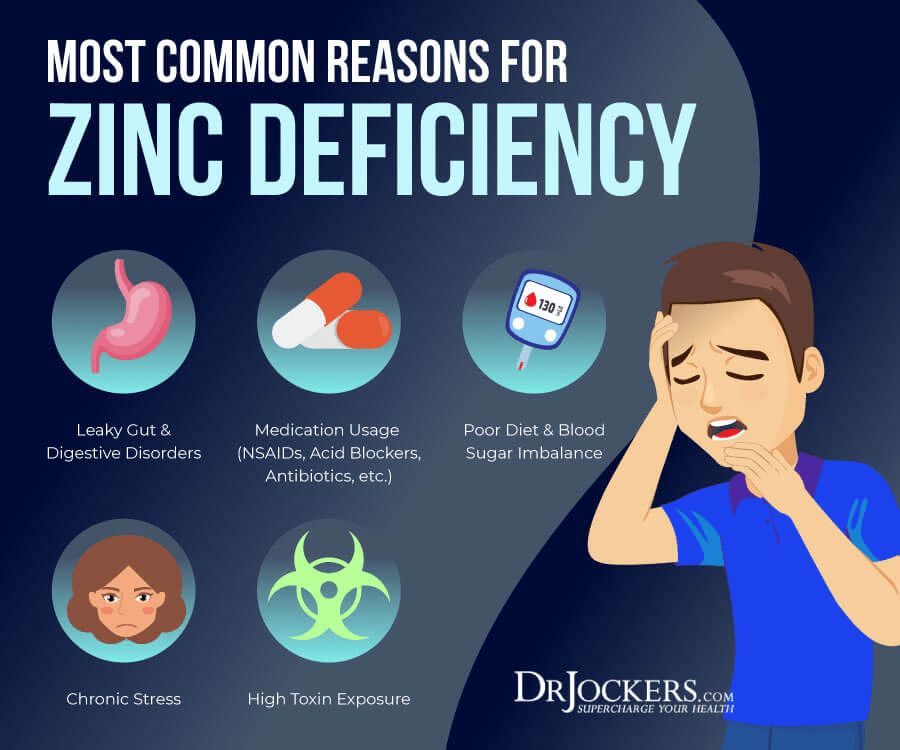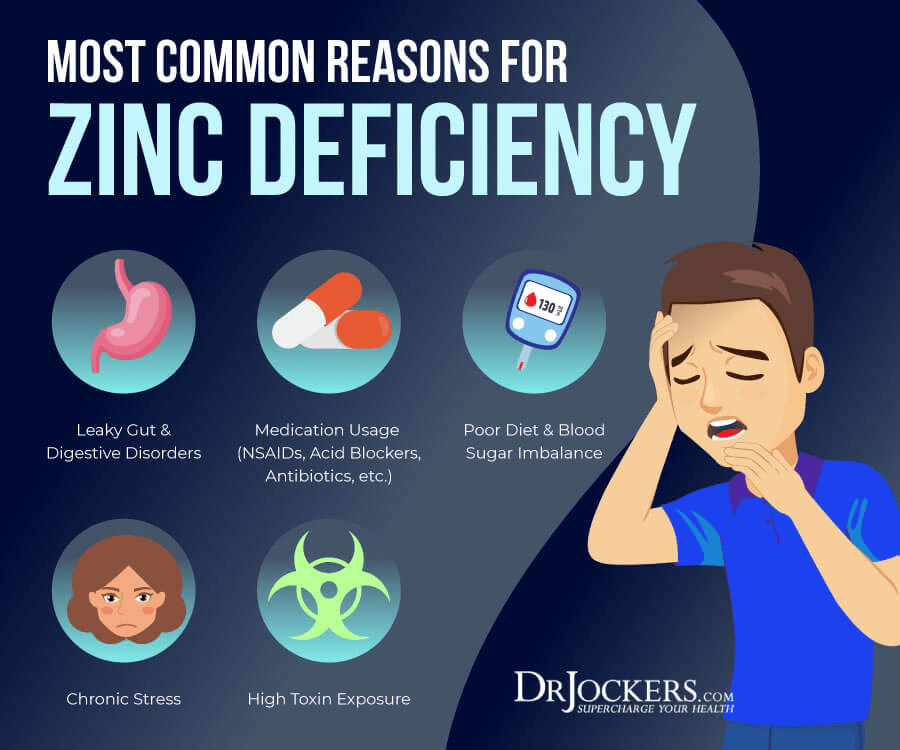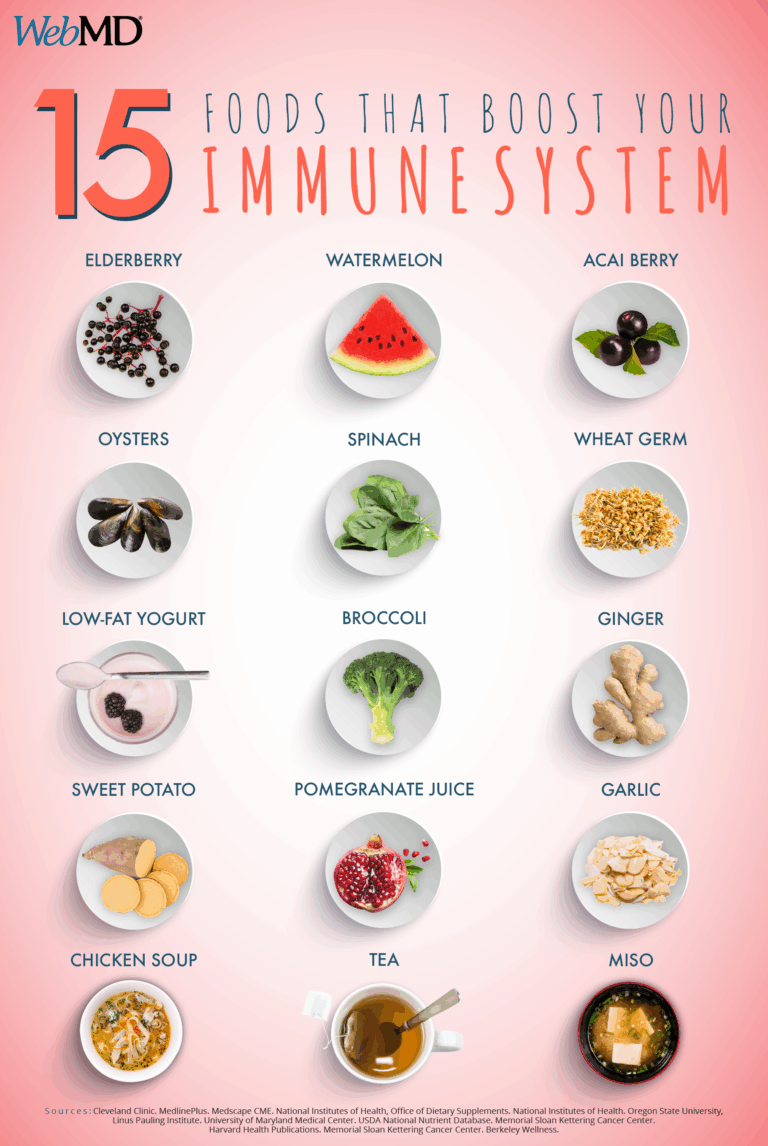The Competition Crisis: Why High-Dose Zinc Can Lead to Copper Deficiency
In the vast biochemical theater of the human body, where countless microscopic dramas unfold, trace minerals often play the roles of unsung heroes or silent saboteurs. They are essential cofactors, structural components, and regulatory agents, each meticulously balanced to maintain the symphony of life. Among these vital players, zinc has long been celebrated as a formidable champion – a shield-bearer for the immune system, a catalyst for wound healing, and a crucial component in hundreds of enzymatic reactions. Its reputation often precedes it, leading many to embrace high-dose supplementation in pursuit of enhanced health and well-being.
However, beneath this veneer of beneficence lies a potential "competition crisis," a silent biochemical siege where the overzealous pursuit of one nutrient inadvertently undermines another, equally vital, player. This is the story of how high-dose zinc, the celebrated protagonist, can tragically lead to the downfall of copper, the meticulous architect of our energy, neurological function, and antioxidant defenses, culminating in a complex and often misdiagnosed deficiency.
The Rise of the Hero: Zinc’s Indispensable Role
To truly understand the crisis, we must first appreciate zinc’s profound importance. It’s not merely an immune booster; its reach extends into virtually every aspect of human physiology. Over 300 enzymes rely on zinc for their catalytic activity, participating in processes ranging from DNA synthesis and repair to protein metabolism and gene expression.
Consider its key roles:
- Immune System Modulation: Zinc is critical for the development and function of immune cells, including T-lymphocytes, B-lymphocytes, and natural killer cells. It influences cytokine production and acts as an antioxidant, protecting immune cells from oxidative damage. Its widespread use in cold remedies is a testament to this perceived benefit.
- Wound Healing: Zinc is essential for cell proliferation, protein synthesis, and collagen formation, all vital for tissue repair and regeneration.
- Sensory Function: It plays a crucial role in taste perception and olfactory function, often being depleted in individuals experiencing anosmia or ageusia.
- Reproductive Health: Zinc is vital for male fertility, sperm production, and hormone regulation.
- Cognitive Function: It influences neurotransmitter activity and neuronal signaling, impacting learning, memory, and mood.
- Antioxidant Defense: Zinc is a component of superoxide dismutase (SOD), a powerful antioxidant enzyme that neutralizes harmful free radicals.
- Growth and Development: Particularly critical during periods of rapid growth, such as childhood and pregnancy, zinc deficiency can lead to stunted growth and developmental delays.
Given this impressive resume, it’s no wonder that zinc supplements are among the most popular dietary aids. From boosting immunity during flu season to supporting prostate health, improving skin conditions, and even slowing the progression of age-related macular degeneration, zinc is frequently championed as a panacea. But like any powerful tool, its unsupervised or excessive use can have unintended, and often severe, consequences.
The Unsung Hero: Copper’s Critical Contributions
While zinc often basks in the spotlight, copper, its lesser-known counterpart, operates behind the scenes, a master craftsman whose absence can dismantle the very foundations of health. Copper is an essential trace mineral involved in a myriad of physiological processes, often acting as a cofactor for enzymes known as cuproenzymes.
Its vital functions include:
- Energy Production: Copper is a key component of cytochrome c oxidase, the terminal enzyme in the electron transport chain, which is crucial for cellular respiration and ATP (energy) production. Without sufficient copper, cells cannot efficiently generate energy.
- Iron Metabolism: This is a particularly crucial and often overlooked role. Copper is required for the proper functioning of ceruloplasmin, a ferroxidase enzyme that oxidizes ferrous iron (Fe2+) to ferric iron (Fe3+). This oxidation is necessary for iron to bind to transferrin, the protein responsible for transporting iron in the blood, and for its incorporation into hemoglobin. A deficiency in copper can thus lead to a functional iron deficiency, even if iron stores are adequate, resulting in a unique form of anemia.
- Connective Tissue Formation: Copper is a cofactor for lysyl oxidase, an enzyme essential for cross-linking collagen and elastin, proteins that provide strength and elasticity to connective tissues, blood vessels, and bones.
- Central Nervous System Function: Copper is involved in the synthesis of neurotransmitters (e.g., dopamine, norepinephrine), myelin formation (the protective sheath around nerve fibers), and antioxidant defense in the brain.
- Antioxidant Defense: Like zinc, copper is a component of superoxide dismutase (Cu/Zn SOD), a critical enzyme that protects cells from oxidative damage.
- Pigmentation: Copper is a cofactor for tyrosinase, an enzyme involved in melanin synthesis, which gives color to skin, hair, and eyes.
- Immune Function: Copper contributes to immune cell development and function, though its role is often overshadowed by zinc.
Clearly, copper is not a nutrient to be trifled with. Its functions are foundational, impacting energy, blood, bones, and brains. So, how does the well-intentioned supplementation of zinc become a threat to this vital mineral?
The Collision Course: The Mechanism of Competition
The real drama, however, unfolds within the intricate environment of the gut. The competition between zinc and copper is not a direct fight in the bloodstream, but rather a subtle, yet powerful, interaction at the point of absorption – the enterocytes lining the small intestine.
The key player in this biochemical antagonism is a protein called metallothionein (MT). Metallothionein is a small, cysteine-rich protein with a high affinity for binding various heavy metals, including zinc, copper, cadmium, and mercury. Its primary physiological roles are thought to be metal ion homeostasis and protection against oxidative stress.
Here’s the step-by-step breakdown of how high-dose zinc triggers copper deficiency:
-
Zinc’s Inducement of Metallothionein: When zinc is ingested, it enters the enterocytes. Crucially, high levels of zinc strongly stimulate the synthesis of metallothionein within these intestinal cells. Think of it as a cellular response to perceived metal overload – the body creates more of this "metal-binding sponge" to handle the influx.
-
Metallothionein’s Higher Affinity for Copper (Once Induced): While metallothionein binds both zinc and copper, once it has been induced by high zinc levels, it exhibits an even greater affinity for copper. It effectively becomes a copper trap.
-
Copper Trapping: As dietary copper enters the same enterocytes, the now abundant metallothionein preferentially binds to it, sequestering it within the cell. This binding prevents copper from being transported out of the enterocyte and into the bloodstream, where it could be utilized by the body.
-
Excretion with Enterocyte Turnover: The enterocytes lining the gut have a relatively short lifespan, constantly being shed and replaced every few days. When these copper-laden enterocytes are sloughed off, the trapped copper is excreted in the feces, never having made it into systemic circulation.
In essence, high-dose zinc creates an internal barrier to copper absorption. It doesn’t directly destroy copper; rather, it makes it unavailable to the body by holding it captive within the intestinal wall until it’s expelled. This insidious process leads to a progressive, systemic copper depletion, even if dietary copper intake is seemingly adequate.
The Silent Erosion: Manifestations of Copper Deficiency
The consequences of prolonged, high-dose zinc-induced copper deficiency are profound and can be debilitating. Because copper is involved in so many fundamental processes, its absence leads to a constellation of symptoms that can mimic other conditions, making diagnosis challenging. The "story" of copper deficiency often begins subtly, progressing slowly until severe symptoms emerge.
The most commonly observed clinical manifestations include:
-
Hematological Abnormalities (The Anemia of Copper Deficiency):
- Anemia: This is one of the earliest and most common signs. It’s often refractory to iron supplementation because the problem isn’t iron intake, but rather iron utilization. As mentioned, copper is essential for ceruloplasmin, which oxidizes iron to its usable form. Without this, iron remains trapped in the ferrous state, unable to bind to transferrin and be transported. The anemia can be microcytic (small red blood cells, like iron deficiency anemia), normocytic, or even macrocytic (large red blood cells), adding to diagnostic confusion.
- Neutropenia: A reduction in neutrophils, a type of white blood cell crucial for fighting bacterial and fungal infections. This can lead to increased susceptibility to infections.
- Myelodysplasia-like Syndrome: In severe cases, copper deficiency can lead to bone marrow dysfunction, mimicking myelodysplastic syndromes, characterized by ineffective production of blood cells.
-
Neurological Dysfunction (The Brain’s Breakdown):
- Peripheral Neuropathy: Damage to nerves outside the brain and spinal cord, leading to numbness, tingling, weakness, and pain, typically in the hands and feet.
- Myelopathy: Damage to the spinal cord, often presenting as gait instability, spasticity, and difficulty with coordination (ataxia). This can be particularly debilitating, affecting walking and balance. The underlying mechanism relates to copper’s role in myelin formation and maintenance.
- Optic Neuropathy: Vision loss due to damage to the optic nerve.
- Cognitive Impairment: Memory problems, difficulty concentrating, and general cognitive decline. This is attributed to copper’s role in neurotransmitter synthesis and overall neuronal health.
-
Skeletal Abnormalities:
- Osteoporosis: Reduced bone density due to impaired collagen cross-linking, making bones fragile and prone to fractures. Copper’s role in lysyl oxidase is key here.
-
Cardiovascular Issues (Less Common but Possible):
- Cardiomyopathy: Weakening of the heart muscle, though this is rare in adults with acquired copper deficiency.
- Aneurysms: Weakening of blood vessel walls, potentially leading to aneurysms, again due to impaired collagen and elastin cross-linking.
-
Hair and Skin Changes:
- Hypopigmentation: Lightening of hair and skin, due to copper’s role in melanin synthesis. Hair can also become brittle or sparse.
-
Immune Dysfunction:
- While zinc is famous for its immune benefits, severe copper deficiency can also impair immune function, leading to increased infections, though this is often overshadowed by the more dramatic neurological or hematological symptoms.
The insidious nature of these symptoms means that patients often endure a lengthy diagnostic odyssey, seeing multiple specialists for seemingly unrelated issues, while the underlying copper deficiency goes unrecognized.
Who is at Risk? The Protagonist’s Fatal Flaw
While anyone taking excessive zinc for prolonged periods is at risk, certain populations are particularly vulnerable:
-
Chronic High-Dose Zinc Supplementation: This is the most common culprit. Examples include:
- Prostate Health: Men often take zinc supplements for prostate health, sometimes at doses far exceeding the recommended daily allowance (RDA).
- Cold Remedies: While short-term, moderate-dose zinc lozenges might reduce cold duration, chronic use of high-dose zinc for prevention can be problematic.
- Age-Related Macular Degeneration (AMD): Certain formulations for AMD include high doses of zinc (e.g., AREDS formula contains 80 mg zinc), which, while beneficial for the eyes, necessitates careful monitoring of copper status.
- Wilson’s Disease Treatment: Zinc is therapeutically used to induce copper deficiency in patients with Wilson’s disease, a genetic disorder causing copper accumulation. This is a deliberate, medically supervised application of the competitive mechanism. However, if not carefully managed, even these patients can develop iatrogenic copper deficiency.
- "Health Enthusiasts": Individuals who believe "more is better" and take multiple supplements without professional guidance.
-
Bariatric Surgery Patients: Patients undergoing bariatric surgery, especially those with malabsorptive procedures, are already at risk for multiple micronutrient deficiencies, including copper. Adding high-dose zinc to their regimen further exacerbates this risk.
-
Patients with Pre-existing Malabsorption: Conditions like inflammatory bowel disease (Crohn’s, ulcerative colitis), celiac disease, or chronic pancreatitis can impair copper absorption, making these individuals more susceptible to zinc’s antagonistic effects.
-
Parenteral Nutrition Patients: Individuals receiving total parenteral nutrition (TPN) must have their trace elements carefully managed. Imbalances, including excess zinc or insufficient copper, can lead to deficiency.
The threshold for toxicity and induced deficiency isn’t precisely defined for every individual, but generally, chronic intake of zinc exceeding 40 mg/day (the tolerable upper intake level or UL) significantly increases the risk, with doses above 50-100 mg/day being particularly concerning over extended periods.
Unmasking the Culprit: Diagnosis
Diagnosing zinc-induced copper deficiency requires a high index of suspicion and a thorough clinical history, including detailed inquiry about supplement use. Standard diagnostic tests include:
-
Serum Copper: While a low serum copper level is indicative of deficiency, it can be influenced by inflammation (copper is an acute phase reactant, meaning levels can rise during inflammation, potentially masking a deficiency). Therefore, it’s not always a reliable standalone marker.
-
Ceruloplasmin: This copper-carrying protein, which also acts as a ferroxidase, is generally a more reliable indicator of copper status than serum copper alone. Low ceruloplasmin levels strongly suggest copper deficiency. However, it’s also an acute phase reactant, so inflammatory conditions can elevate it, potentially obscuring a deficiency.
-
24-hour Urinary Copper: Less commonly used for deficiency, as it primarily reflects copper excretion, which might not be significantly altered in early stages of deficiency.
-
Erythrocyte Superoxide Dismutase (SOD) Activity: This is a functional marker. As copper is a crucial component of Cu/Zn SOD, its activity will decrease in copper deficiency, reflecting impaired antioxidant defense. This can be a useful confirmatory test.
-
Bone Marrow Examination: In cases with severe hematological abnormalities, a bone marrow biopsy may be performed to rule out other conditions and can sometimes show specific changes (e.g., vacuolization of myeloid precursors) suggestive of copper deficiency.
-
Clinical Presentation and History: The most critical step is to connect the dots: neurological symptoms, unexplained anemia, and neutropenia in a patient with a history of chronic high-dose zinc supplementation. Eliminating zinc and observing clinical improvement is often a powerful diagnostic and therapeutic maneuver.
The Path to Resolution: Restoring Equilibrium
Fortunately, once diagnosed, zinc-induced copper deficiency is generally reversible. The treatment strategy is straightforward:
-
Discontinuation of High-Dose Zinc: The immediate and most crucial step is to stop all high-dose zinc supplementation.
-
Copper Supplementation: Oral copper supplementation is typically initiated. The dose and duration depend on the severity of the deficiency and the patient’s clinical response. Careful monitoring of serum copper and ceruloplasmin is essential to ensure adequate repletion without causing copper toxicity.
-
Dietary Considerations: While supplements are necessary for repletion, educating patients on dietary sources of copper (e.g., organ meats, shellfish, nuts, seeds, legumes, whole grains) can support long-term maintenance.
-
Monitoring and Follow-up: Regular monitoring of hematological parameters, neurological status, and copper biomarkers is vital to track recovery and prevent recurrence. Neurological recovery can be slow and sometimes incomplete, especially if the deficiency was severe or prolonged.
Broader Implications: A Call for Prudence
The "Competition Crisis" between zinc and copper serves as a potent reminder of several fundamental principles in nutrition and medicine:
- The "More Is Better" Fallacy: This case vividly illustrates that even essential nutrients, when consumed in excessive amounts, can become detrimental. The body thrives on balance, not brute force.
- The Interconnectedness of Micronutrients: No nutrient acts in isolation. The delicate interplay and potential antagonisms between vitamins and minerals highlight the complexity of human biochemistry. Supplementing one nutrient can profoundly impact the status of another.
- The Importance of Professional Guidance: Self-medication with high-dose supplements, particularly trace minerals, carries significant risks. Healthcare professionals, including physicians and registered dietitians, are crucial for assessing individual needs, identifying potential deficiencies or toxicities, and guiding safe and effective supplementation strategies.
- Personalized Nutrition: Optimal nutrient intake is highly individual, influenced by genetics, lifestyle, diet, and health status. What is beneficial for one person may be harmful to another.
- The Art of Diagnostic Medicine: This crisis underscores the need for clinicians to maintain a broad differential diagnosis, consider nutritional factors in unexplained symptoms, and always take a detailed supplement history.
Conclusion: A Delicate Balance
The story of high-dose zinc and copper deficiency is a cautionary tale, a compelling narrative of how a well-intentioned pursuit of health can lead to an unexpected crisis. Zinc, the celebrated immune booster and enzymatic powerhouse, inadvertently becomes a silent antagonist, creating a biochemical trap that starves the body of copper, the meticulous architect of our energy, nerve function, and blood health.
This competition crisis underscores the profound importance of nutritional balance and the intricate dance of micronutrients within the human body. It serves as a powerful reminder that while supplements can be valuable tools, they are not without their risks. For the knowledgeable audience, this story is a call to advocate for prudence, informed decision-making, and a deeper appreciation for the delicate equilibrium that sustains life. In the quest for optimal health, understanding these subtle but powerful interactions is not just beneficial – it is absolutely essential.







